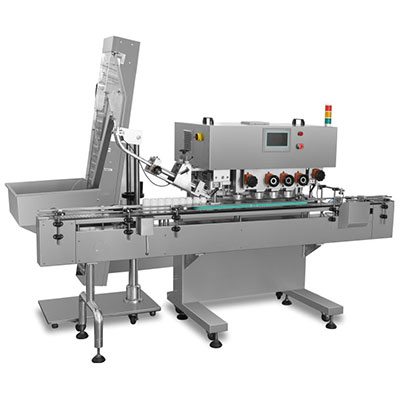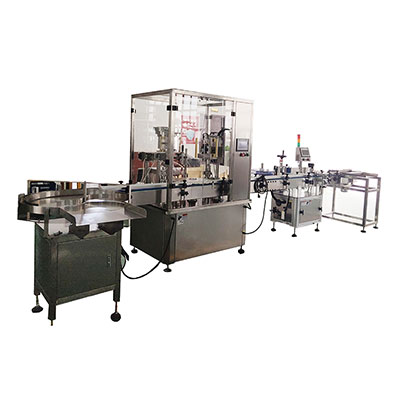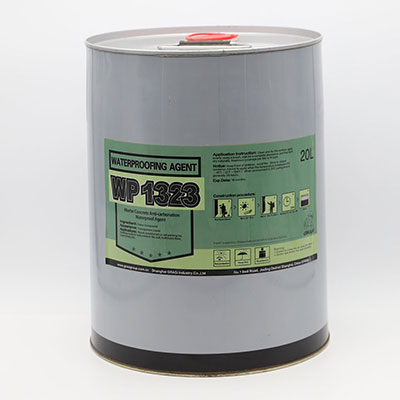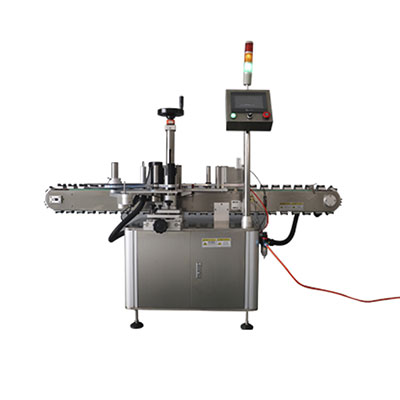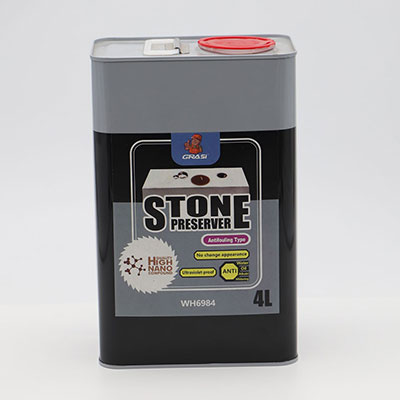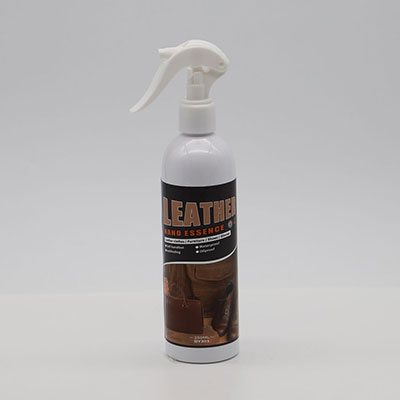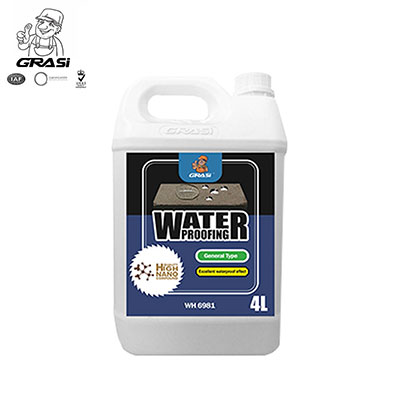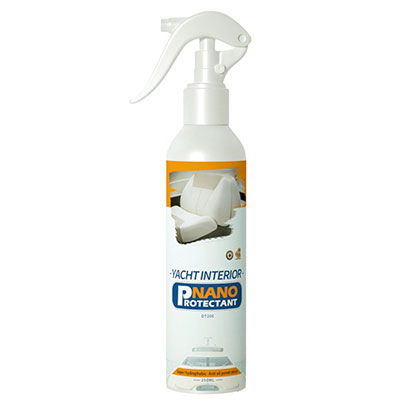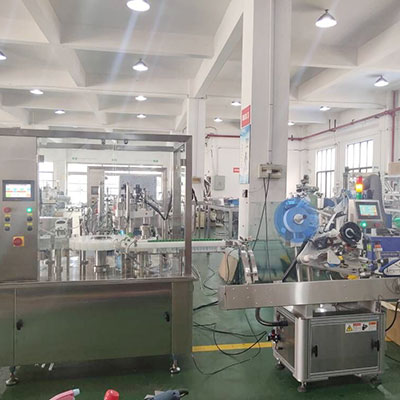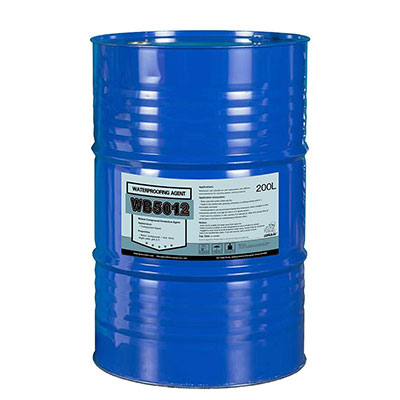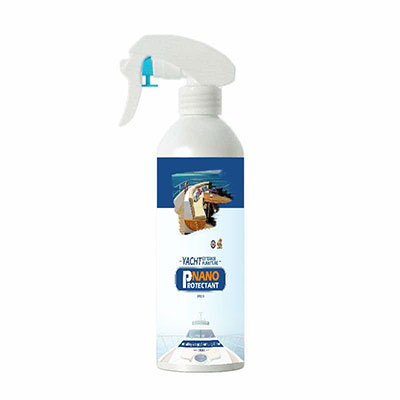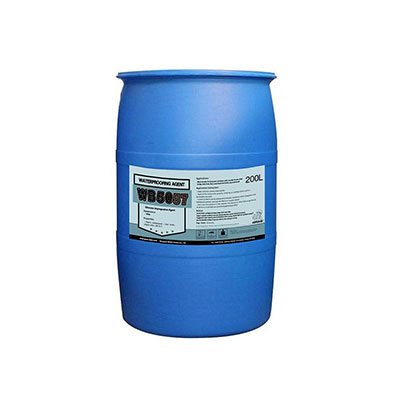Eco-Friendly Fluorescent Pigment Paste
The common notion in the colorant realm is that pigment does not emit light but only reflects light instead. Time has changed and we now can create a fluorescent pigment paste that makes your printed fabrics look more vibrant and eye-catching. Wearing a suit that emits fluorescence means you can hold the attentions of others faster and longer. When you have such a suit on, many people can’t even help sneaking a second or third look at you.
As the fluorescent pigment paste gains increased popularity, we have rolled out the CTH-000X, CTH-000XB and CTH-000XC series of eco-friendly fluorescent pre-dispersed pigments onto the market. For garment makers that produce clothes targeted towards young men and women who pursue color vibrancy, this brilliant colorant can not be missed out.
In addition, our fluorescent pigment paste can be applied to special clothes, such as traffic cop uniform, hunting suit, and forest worker dress.
Color Swatch Card for CTH Series
Good to Know
1. CTH eco-friendly fluorescent pigment paste meets the standards of Öeko-Tex 100:2012 Product Class II. The Öeko-Tex certification system is to limit the use of harmful substances, such as the methanol, heavy metal, phthalate, APEO, and 24 types of aromatic amines.
2. Our product is manufactured in compliance with GB18401-2010 National General Safety Technical Code for Textile Products.
3. Presently available from us are 25 different fluorescent colors. For more details, please refer to the color swatch books.
4. Particularly, CTH-000XB is characterized by better color fastness to washing and sweat. In addition, it has outstanding color fastness to light.
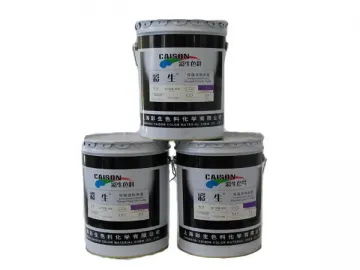
Reference Recipe
These recipes listed below are offered as a guide only. They are typically applicable to cotton and polyester cotton.
| Formula | Light Color | Moderate Color | Dark Color |
| CTH series eco-friendly fluorescent pigment paste | 0~1% | 1~5% | 5~10% |
| Paste (Water-Based / Glue Based) | 100~99% | 99~95% | 95~90% |
Thin (water-based) Pigment Paste: Silkscreen printing with flatbed press, drying (at 100°C for 3 minutes), baking (at 150°C for 2 minutes)
Thick (glue-based) Pigment Paste: Silkscreen printing with flatbed press, baking or blowing hot air on the print surface (at 80°C-100°C), hot pressing (at 130°C-150°C for 5-15 seconds)
What is said above is a formula for general uses. But it is not useful for every circumstance. Therefore, customers should figure out their specific mixing formula according to individual specifications.
I. Special Instructions for Color Swatch Card Standards
1. Wash Fastness: GB/T 3921-2008
Rub Fastness: GB/T 3920-2008
Colorfastness (sweat resistance): GB/T 3922-1995
The above data are measured by Shanghai Printing and Dyeing Technology Research Institute.
Textile Printing Recipe
| Formula | Percentage |
| CTH series eco-friendly fluorescent pigment paste | 20% |
| Binder | 30% |
| Printing Paste | 49% |
| Cross Linker | 1% |
Textile Printing Process: Silkscreen printing with flatbed press, drying (at 100°C for 5 minutes), baking (at 160°C for 3 minutes)
Fabrics to be Printed: Cotton poplin (plain weave)
2. Light Fastness (Resistance to Artificial Light): GB/T8427-2008
After printing the pigment paste onto cotton-woven fabrics, we use the Q-Lab xenon arc tester to test how well the print can stand up to exposure to artificial light.
Thin (Water-Based) Printing Paste Recipe
| Formula | Percentage |
| CTH series eco-friendly fluorescent pigment paste | 20% |
| Binder | 30% |
| Paste | 50% |
Thick (Glue-Based) Printing Paste Recipe
| Formula | Percentage |
| CTH series eco-friendly fluorescent pigment paste (CTH-000XC) | 20% |
| White Glue | 48% |
| Transparent Paste | 32% |
Textile Printing Process: silkscreen printing with flatbed press, drying (at 100°C for 3 minutes), baking (at 130°C for 2 minutes )
Fabrics to be Printed: Plain-weave cotton poplin (water-base printing paste), cotton woven fabrics (glue-based printing paste)
3. Colorfastness (Resistance to Hot Pressing): GB/T 6152-1997
We use either thin or thick printing paste to coat the fabrics. After printing, the hot press is used to flatten the surface. Colorfastness of the print is measured by our own men.
Textile Printing Recipe
| Formula | Percentage |
| Pigment (CTH-000XB) | 5% |
| White Glue | 35% |
| Transparent Paste | 60% |
Textile Printing Process: Silkscreen printing with flatbed press, drying (at100°C for 3 minutes), hot pressing (at 180°C for 10 seconds )
Fabrics to be Printed: Plain-weave cotton poplin (water-base printing paste), cotton woven fabrics (glue-based printing paste)
4. Pigment Migration Resistance
We use either thin or thick printing paste to coat the fabrics. After printing, the hot press is used to flatten the surface. Colorfastness of the print is measured by our own men.
Textile Printing Recipe
| Formula | Percentage |
| Pigment | 3% |
| Transparent Paste | 97% |
Textile Printing Process: Silkscreen printing with flatbed press, drying with electric dryer, printing white glue onto the surface, hot pressing (at 130°C for 3 seconds)
Fabrics to be Printed: Cotton woven fabrics
5. Resistance to Bleaching Agent
Specialized pastes are used as the bleaching agent that is applied to the previously dyed fabrics. After the printing, the cloth is hot pressed. Colorfastness is measured all by ourselves.
Textile Printing Recipe
| Formula | Percentage |
| Pigment | 2% |
| Specialized paste for discharge printing | 93% |
| Decrolin (BASF) | 5% |
Textile Printing Process: Silkscreen printing with flatbed press, drying with electric dryer (at 100°C for seconds), hot pressing (at 150°C for 5 seconds)
Fabrics to be Printed: Previously dyed cotton-woven fabrics
Links:https://globefindpro.com/products/77713.html
-
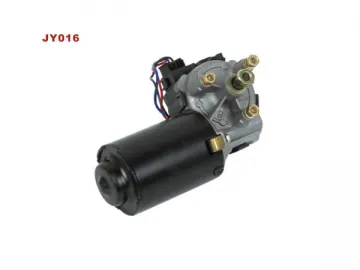 Wiper Motor
Wiper Motor
-
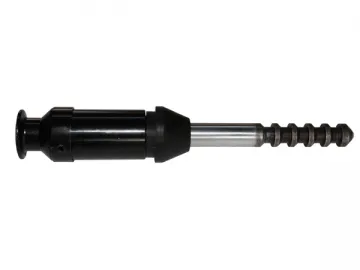 QY660L RH750 Tire Changer
QY660L RH750 Tire Changer
-
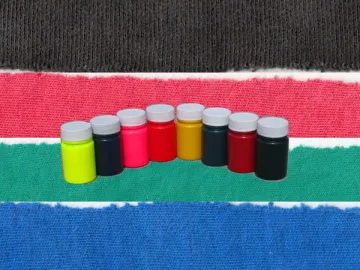 Eco-Friendly Water-based Pigment Paste
Eco-Friendly Water-based Pigment Paste
-
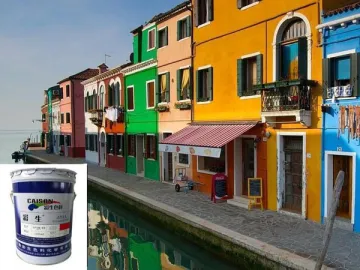 8 Series Resin-Free Pigment Paste for Coloring Water-Based Paint
8 Series Resin-Free Pigment Paste for Coloring Water-Based Paint
-
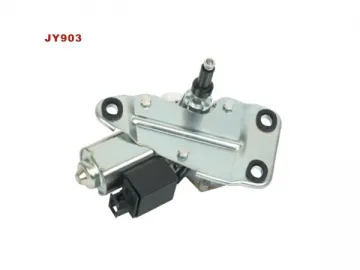 Rear Wiper Motor
Rear Wiper Motor
-
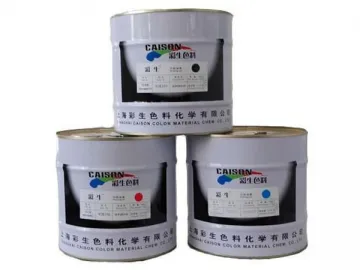 78-B Series Gravure Printing Ink for PVC
78-B Series Gravure Printing Ink for PVC
-
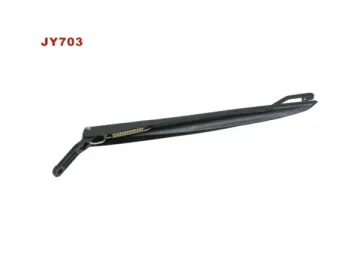 Wiper Arm
Wiper Arm
-
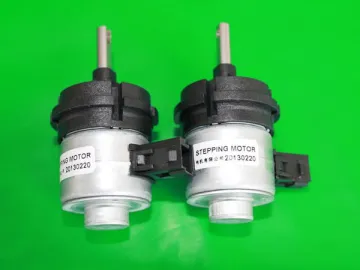 28mm PM Stepper Motor with Captive Shaft Actuator
28mm PM Stepper Motor with Captive Shaft Actuator
-
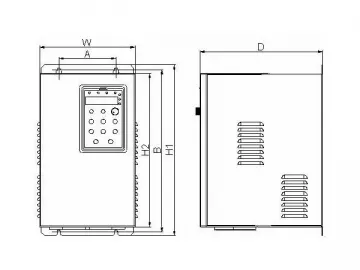 Frequency Inverter (Closed Loop Vector Control VFD)
Frequency Inverter (Closed Loop Vector Control VFD)
-
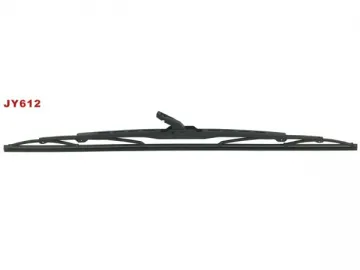 Wiper Blade
Wiper Blade
-
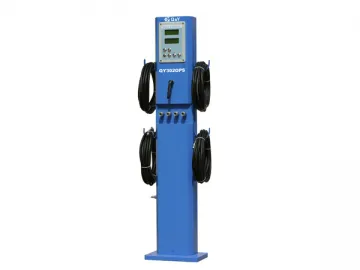 QY301OPS,QY302OPS Air Tire Inflator
QY301OPS,QY302OPS Air Tire Inflator
-
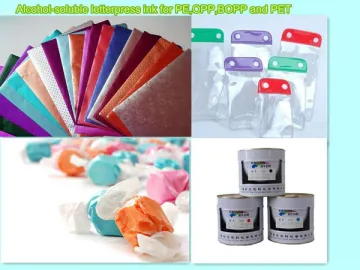 76 Series Alcohol-Soluble Letterpress Printing Ink for Plastic Film
76 Series Alcohol-Soluble Letterpress Printing Ink for Plastic Film
